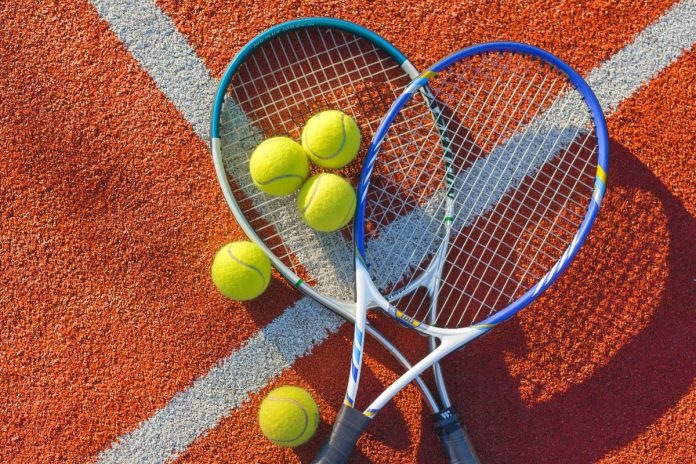Artificial grass is certainly not a new emergence; some 40 years ago, Astroturf was invented and although it did not take off in popularity, artificial grass was very basic in those days. Players would complain of rashes when playing football and rugby, while tennis players preferred grass or clay. Fast forward to 2024 and we have artificial grass that is sport-specific and designed with safety in mind.
Several Reasons Lead Sports to Turn to Artificial Surfaces
Here are some of the reasons that sports are making the switch to artificial playing surfaces.
- Low maintenance costs – Take tennis as an example; think about the work that needs to be done to maintain a set of lawn tennis courts; aside from the grass cutting, the lines need to be painted and that happens every week. With premium tennis court synthetic grass, there is much less to do to maintain the playing surfaces, which tennis clubs love! The players think the surface plays well with predictable bounce and great grip, even when wet! This is especially pertinent to large sports arenas, which no longer need to cut the grass and mark the pitch.
- Safer sports – The latest generation of synthetic grass makes sports safer, giving a better grip than grass, no stones are lurking on the surface that can injure athletes. Performance is at optimum levels when playing on synthetic surfaces, at least that’s what the players say.
- Play in all weather conditions – No need to cancel a game when it is raining; with the right drainage, play in the wet is possible. If a large team postpones a game, they lose a lot in revenue, which is why football and rugby clubs are making the switch to synthetic surfaces, which are extremely durable and come with a long warranty. Click here for an article on football, soccer, and rugby in Brisbane.
- Sport-specific products – There are synthetic grass products specifically for tennis, soccer, hockey, bowling, golf, and cricket. Busy arenas would choose a high-density synthetic grass at 30mm length, which is a heavy-duty product suitable for daily use. From a business point of view, artificial playing surfaces make perfect sense, as running costs are slashed and you don’t have to cancel games due to the weather.
- Improved performance – There is no doubt that synthetic grass improves performance, which is a win-win for all. Top athletes prefer synthetic surfaces due to predictability
How is synthetic grass made?
There are two main components, the plastic blades of grass and the matting that it is attached to. The blades are actually made by heating plastic plugs (green of course) into lengths and chopping them at the specified length, which could be anything from 18-30mm. The blades are pulled through the plastic base until it reaches the stop; the grass typically comes in rolls that are 3.5m wide and it is sold by the meter.
After a QC inspection, the product is rolled up and shipped to the sports field, where a team of installers is waiting. One method is similar to making carpet, where loops are woven and then cut to look like real blades of grass, different brands have different manufacturing methods; a Google search will take you to Australia’s leading synthetic grass supplier, where you will find a wide range of premium products. Click here for a report on the rising use of synthetic grass in Australia.
Permanent lines
Permanent lines take the hard work out of sports field management and once the synthetic grass is installed, permanent lines are added, giving you a perfect playing surface. If you would like to learn more about this unique product, search the web for ‘leading artificial grass suppliers’, which will bring up a list of URLs.
Research & Development
Millions of dollars were invested to create the perfect synthetic playing surfaces and over the past decade, great strides have been made, resulting in products that stand the test of time and replicate natural grass in every respect.
Epoxy resin
This is used for indoor sports like basketball and squash, with any color available and great graphics; non-slip surfaces are also being developed. Some indoor tennis courts are made from epoxy, which might be preferable to clay.
Synthetic grass for the home
More and more Australian homeowners are turning to synthetic grass, which is slightly different from sports grass, there are pet-friendly products for residential lawns. If you are not into gardening, install synthetic grass and slash your garden maintenance to almost zero!
Synthetic grass offers many benefits to sports clubs and players and online solutions ensure that you find out all about the best products on the market.





